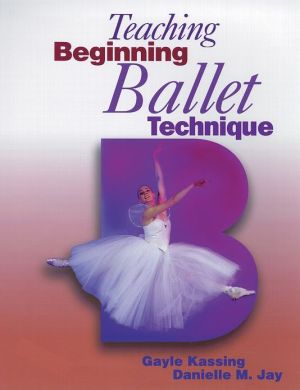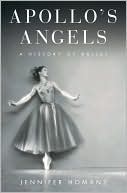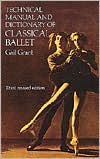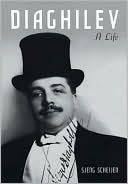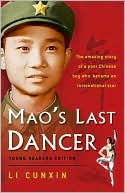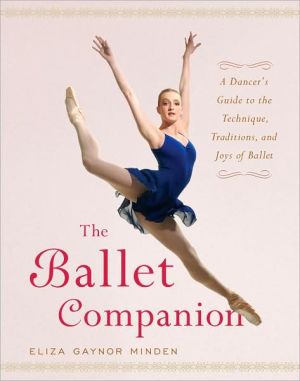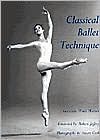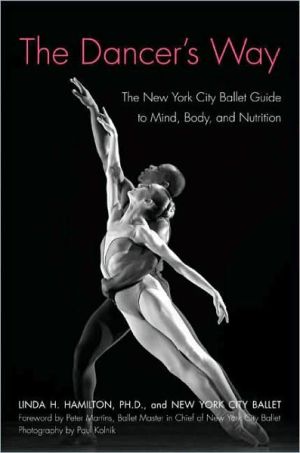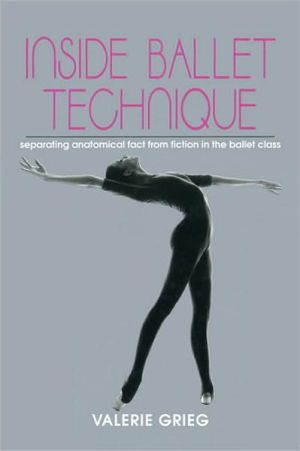Teaching Beginning Ballet Technique
"\ Teaching a beginning ballet class can be a challenge. Even dancers who have studied ballet for many years may be intimidated by the idea of teaching ballet technique. Teaching Beginning Ballet Technique puts new teachers at ease by explaining exactly what to teach and when and how to teach it.\ The authors couple ballet pedagogy with motor learning, teaching styles assessment, and instructional strategies to offer valuable insight and advice for teaching beginning ballet. With its inviting...
Search in google:
" Teaching a beginning ballet class can be a challenge. Even dancers who have studied ballet for many years may be intimidated by the idea of teaching ballet technique. Teaching Beginning Ballet Technique puts new teachers at ease by explaining exactly what to teach and when and how to teach it.The authors couple ballet pedagogy with motor learning, teaching styles assessment, and instructional strategies to offer valuable insight and advice for teaching beginning ballet. With its inviting layout and easy-to-read format, Teaching Beginning Ballet Technique facilitates the learning process for both the instructor and the student. Part I gives instructors the tools they'll need to teach the content in Part II. It provides specific information about the teaching/learning process, understanding the theoretical foundations of ballet, constructing and managing the class, and assessing student progress. Part II presents a logical, sequential plan that guides instructors through the actual teaching of exercises, steps, principles, and progressions. The authors outline four instructional units, each representing three to four weeks of a high school or college term. Each unit includes objectives, teaching strategies, assessment tools, teacher responsibilities, and performance test content. In addition, each exercise and step is accompanied by a detailed description consisting of - a definition with pronunciation cues, - a verbal depiction,- arm positions, - standard introductory movements or preparation,- proper breathing or breath phrasing, - teaching cues and images,- an assessment checklist, and- much more.The book also contains 215 photos that illustrate proper beginning ballet technique.A related CD-ROM, Interactive Beginning Ballet, provides another power visual tool for understanding techniques and terminology. The book and CD-ROM are available separately, or you can save money by buying them as a package. See ""Companion Resources"" for more information. " Booknews Presents the theoretical bases of ballet technique and practical suggestions for carrying this knowledge over into the classroom. In the first part of the text the authors cover the teaching/learning process, constructing and managing the class, and assessing student progress. The second part of the book presents a logical, sequential plan that guides instructors through the actual teaching of exercises, steps, principles, and progressions. Includes 200- plus b&w photographs that illustrate proper technique. Annotation c. by Book News, Inc., Portland, Or.
How to Use This BookPrefacePt. IPreparing to Teach Beginning Ballet Classes1Ch. 1Facilitating the Learning Process3Ch. 2Utilizing Teaching Styles Effectively13Ch. 3Developing Foundational Principles21Ch. 4Constructing the Beginning Ballet Class45Ch. 5Managing the Ballet Class59Ch. 6Assessing Student Progress69Pt. IITeaching Progressions for Beginning Ballet Classes81Unit ITeacher's Planner for Unit I85Unit IITeacher's Planner for Unit II115Unit IIITeacher's Planner for Unit III143Unit IVTeacher's Planner for Unit IV161Glossary175Additional Readings179Index181About the Authors187
\ BooknewsPresents the theoretical bases of ballet technique and practical suggestions for carrying this knowledge over into the classroom. In the first part of the text the authors cover the teaching/learning process, constructing and managing the class, and assessing student progress. The second part of the book presents a logical, sequential plan that guides instructors through the actual teaching of exercises, steps, principles, and progressions. Includes 200- plus b&w photographs that illustrate proper technique. Annotation c. by Book News, Inc., Portland, Or.\ \
